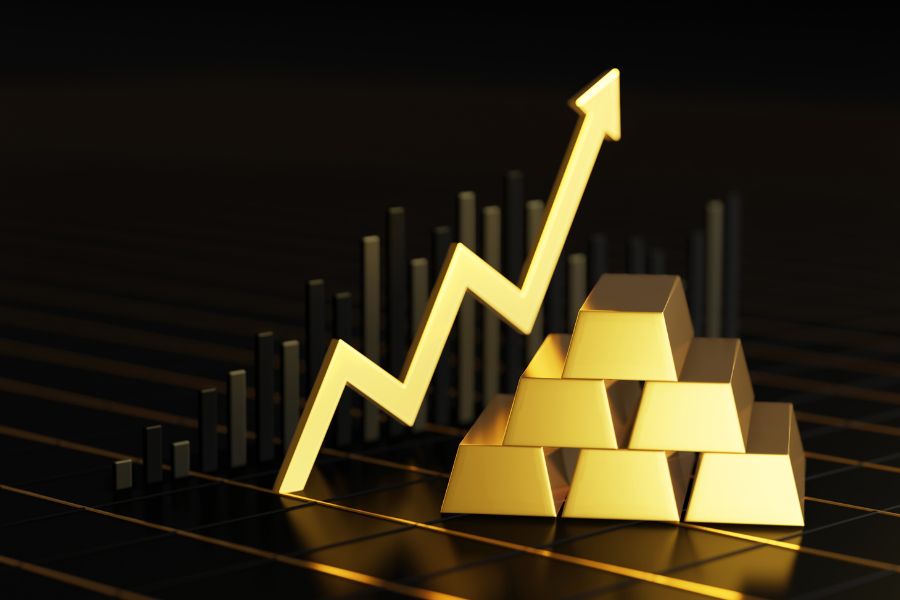What Triggered the Sell-Off?
The answer is less dramatic than the price action suggests. This wasn't a fundamental breakdown—it was textbook profit-taking.
Gold had surged 50% in 2025 before the crash. That kind of parabolic move doesn't go on forever. Add in some optimism about US-China trade talks cooling down, and suddenly gold's safe-haven appeal looked less urgent.
Technical factors amplified the drop. Algorithmic trading systems kicked in once the selling started, accelerating the decline. Markets also saw hints that the rally had simply gone too far, too fast.
By October 23, prices stabilized around $4,134 per ounce. Still up nearly 50% for the year.
How ASX Gold Miners Responded
Northern Star (NST) took the biggest hit among the majors, dropping 9.9% to $23.29. But here's the thing: it's still up over 50% year-to-date. Bell Potter maintains a buy rating, pointing to strong cash flow potential ahead as the company exits its major capital spending phase.
Regis Resources (RRL) proved more resilient. The company just reported solid September quarter production of 90,400 ounces while sitting on $675 million in cash—debt-free. It even declared a 5-cent fully franked dividend. That's not the behavior of a company worried about gold's future.
Bellevue Gold (BGL) fell 9.8%, but the development-stage miner has other things going for it. The company achieved net-zero emissions in the first half of 2025 and continues positioning itself as a "green gold" producer—a potential premium angle as ESG investing grows.
Bull Market or Dead Cat Bounce?
Most analysts aren't backing away from gold. Goldman Sachs, JPMorgan, and Bank of America still see prices climbing toward $5,000 over the next 1-2 years.
The fundamentals supporting gold haven't changed. Central banks are still buying—JPMorgan expects around 900 tonnes of purchases in 2025. The Fed is cutting rates, which makes non-yielding assets like gold more attractive. And geopolitical uncertainty isn't going anywhere.
The World Gold Council notes that historical crash triggers—like aggressive rate hikes or saturated investment demand—simply aren't present right now. This looks like a correction within a bull market, not a reversal.
BMO Capital Markets called the pullback "only natural" after such rapid gains. Markets don't move in straight lines.
The Verdict
This crash doesn't smell like a top. It smells like exhaustion after a monster rally.
Gold is still up 48% year-over-year. Central banks are accumulating. The Fed is easing. If you believe those structural drivers remain intact—and most major banks do—then pullbacks like this become opportunities, not warnings.
For ASX investors, the crash hit gold miners hard but didn't change their underlying stories. Northern Star offers scale and diversification. Regis has fortress-like financials. Bellevue brings high-grade development exposure.
Just don't expect a smooth ride from here. Volatility will likely continue in the short term as markets digest the correction. Dollar-cost averaging might be smarter than jumping in with both feet right now.
But if you've been waiting for a dip? This could be it.








